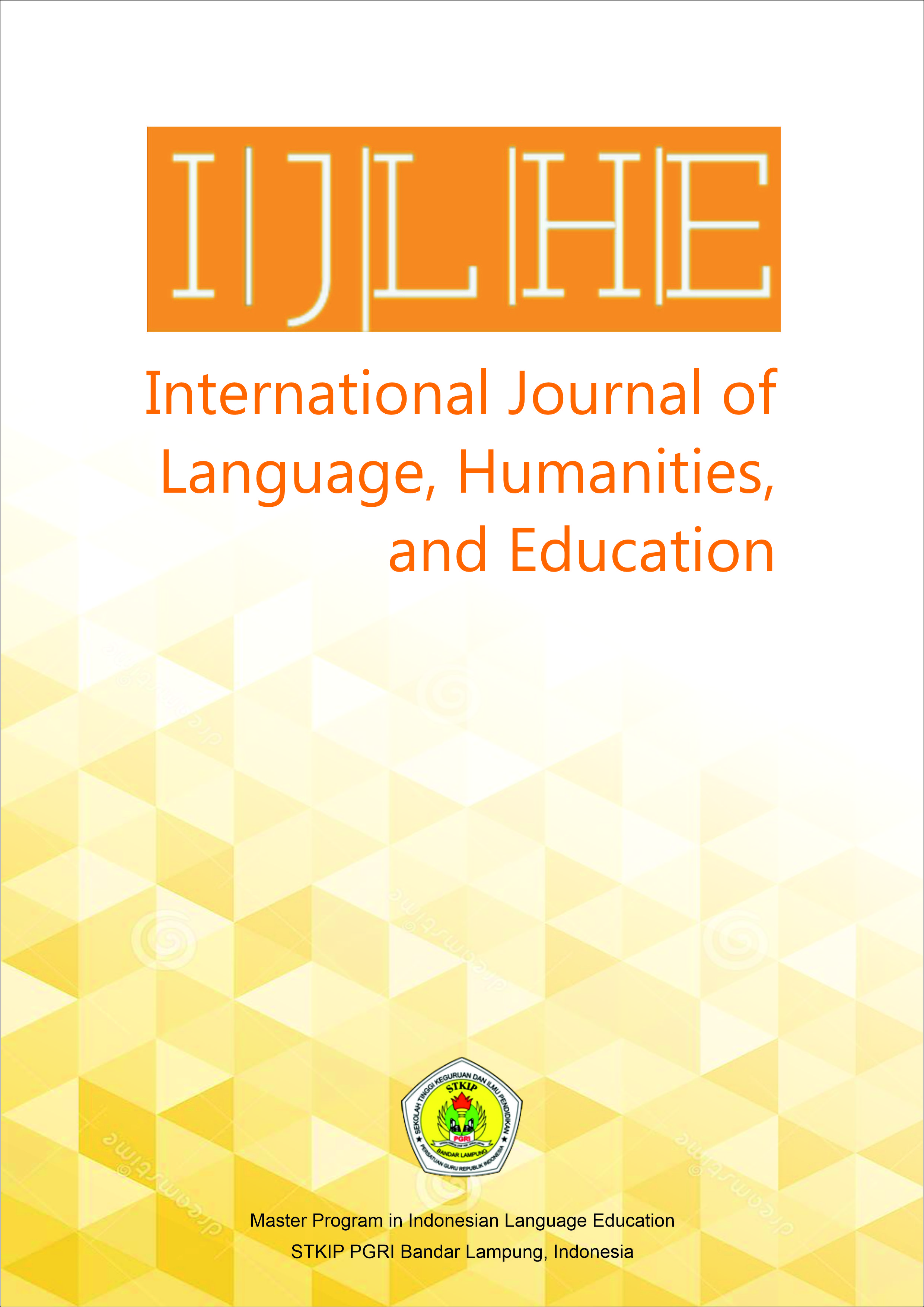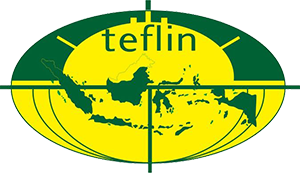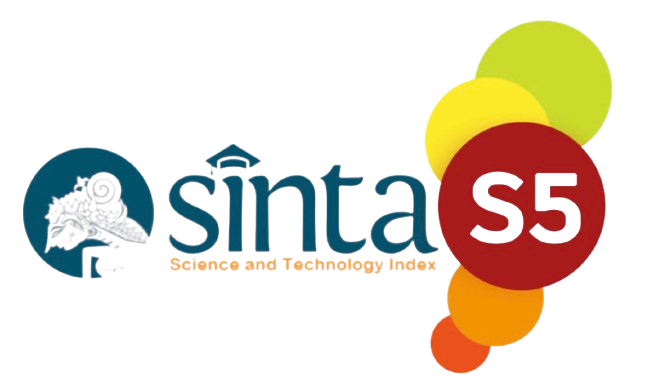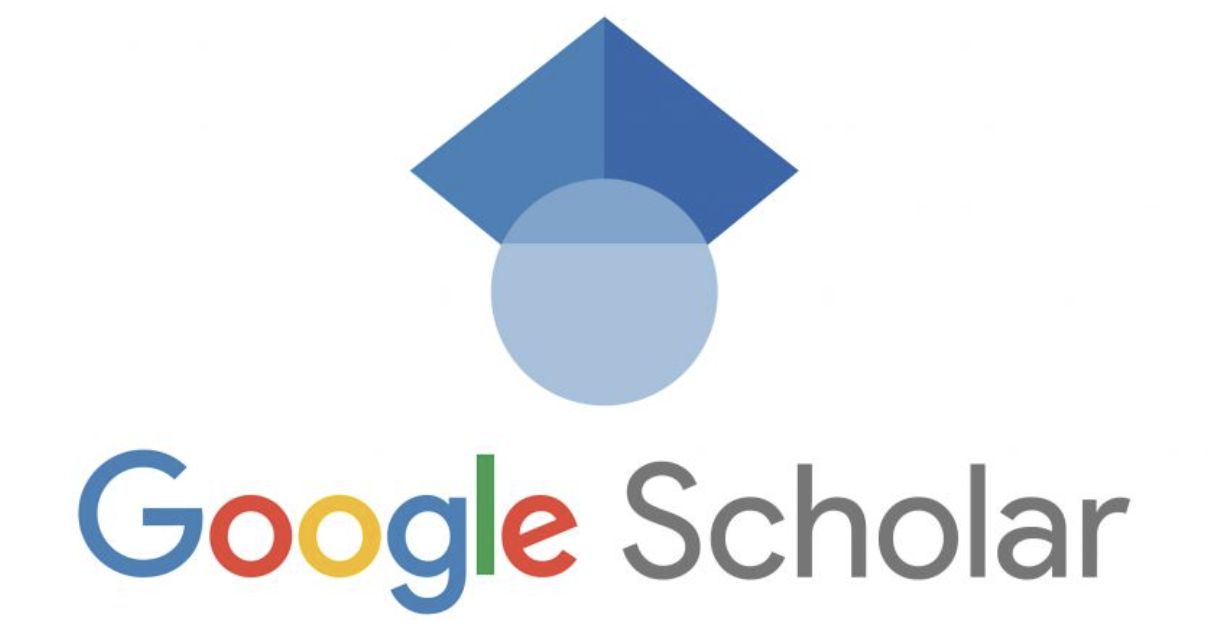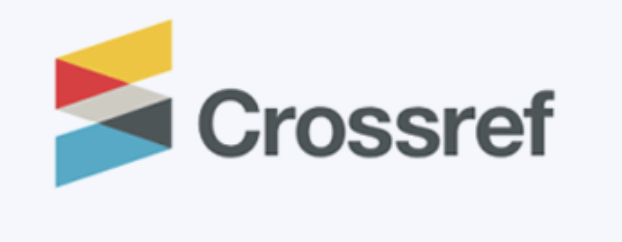Reading Comprehension Challenges Among Bilingual Students: Teachers’ Perspectives and Pedagogical Recommendations
DOI:
https://doi.org/10.52217/ijlhe.v8i1.1833Keywords:
Bilingual students, Language Interference, Reading comprehension, Teacher’s Perspective, Vocabulary AcquisitionAbstract
Reading comprehension is a fundamental component of academic success, yet bilingual students often face distinct challenges in this area, particularly in contexts where the language of instruction differs from their home language. This qualitative study investigates the reading comprehension difficulties encountered by bilingual primary school students in Indonesia, drawing on the experiences and insights of 20 classroom teachers from Tangerang Selatan, Banten. Through semi-structured interviews, the study identifies key barriers to comprehension including limited vocabulary, language interference, and low parental involvement—factors often exacerbated by socioeconomic constraints and large family sizes. The study also explores the impact of these difficulties on students’ performance in other subjects, as well as the strategies teachers employ to mitigate these challenges. Teachers propose solutions such as adapting textbooks, increasing family engagement, providing professional development in bilingual education, and enhancing early childhood programs. These findings contribute to a nuanced understanding of bilingual students' literacy development in Indonesia and underscore the need for context-sensitive educational interventions.
References
Afflerbach, P. (2016). Understanding and using reading assessment, K–12 (3rd ed.). International Literacy Association.
Andari, I. A. M. Y., Antara, P. A., Asril, N. M., & Dwipadmini, A. L. (2025). Transformasi pembelajaran multibahasa di era Society 5.0: Bentuk sistem pembelajaran One Teacher One Language pada pendidikan anak usia dini. Kumarottama: Jurnal Pendidikan Anak Usia Dini, 4(2), 66–82. https://doi.org/10.53977/kumarottama.v4i2.2488
Aswandi. (2019). Literasi keluarga dan tantangan pendidikan di daerah 3T. Kemdikbud.
August, D., & Shanahan, T. (2017). Developing literacy in second-language learners: Report of the National Literacy Panel on Language-Minority Children and Youth. Routledge.
Cain, K., & Oakhill, J. (2017). Children’s comprehension problems in oral and written language: A cognitive perspective (2nd ed.). Guilford Press.
Castles, A., Rastle, K., & Nation, K. (2018). Ending the reading wars: Reading acquisition from novice to expert. Psychological Science in the Public Interest, 19(1), 5–51. https://doi.org/10.1177/1529100618772271
Catts, H. W., & Kamhi, A. G. (2017). Language and reading disabilities (3rd ed.). Pearson.
Cummins, J. (2021). Rethinking the education of multilingual learners. Multilingual Matters.
Duke, N. K., & Cartwright, K. B. (2021). The science of reading progresses: Communicating advances beyond the simple view of reading. Reading Research Quarterly, 56(S1), S25–S44. https://doi.org/10.1002/rrq.411
Friesen, D. C., & Haigh, C. A. (2018). The simple view of reading and its impact on reading instruction. Language and Literacy, 20(3), 1–17. https://doi.org/10.20360/langandlit29438
García, O., & Kleyn, T. (2016). Translanguaging with multilingual students: Learning from classroom moments. Routledge.
Grabe, W. (2009). Reading in a second language: Moving from theory to practice. Cambridge University Press.
Grabe, W., & Stoller, F. L. (2019). Teaching and researching reading (3rd ed.). Routledge.
Hastomo, T., Sari, A. S., Widiati, U., Ivone, F. M., Zen, E. L., & Andianto, A. (2025). Exploring EFL teachers’ strategies in employing AI chatbots in writing instruction to enhance student engagement. World Journal of English Language, 15(7), 93–102. https://doi.org/10.5430/wjel.v15n7p93
Iskandarwassid, & Sunendar, D. (2014). Strategi pembelajaran bahasa. Remaja Rosdakarya.
Jeon, E. Y., & Yamashita, J. (2014). L2 reading comprehension and its correlates: A meta-analysis. Language Learning, 64(1), 160–212. https://doi.org/10.1111/lang.12034
Kalantari, R., Ramezani, A., & Khadivi, A. (2020). A study on reading proficiency of first grade students at Turkish-Persian bilingual and Persian monolingual regions. ZABANPAZHUHI (Journal of Language Research), 11(33), 299–325. https://doi.org/10.22051/jlr.2018.19930.1530
Kendeou, P., McMaster, K. L., & Christ, T. J. (2016). Cognitive views of reading comprehension: Implications for assessment and instruction. Assessment for Effective Intervention, 42(1), 16–25. https://doi.org/10.1177/1534508416650894
Kieffer, M. J., & Lesaux, N. K. (2012). Direct and indirect roles of morphological awareness in the English reading comprehension of native English, Spanish, Filipino, and Vietnamese speakers. Language Learning, 62(4), 1170–1204. https://doi.org/10.1111/j.1467-9922.2012.00722.x
Kieffer, M. J., & Thompson, K. D. (2018). Hidden progress of multilingual students on NAEP. Educational Researcher, 47(6), 391–398. https://doi.org/10.3102/0013189X18777740
Kim, Y.-S. G. (2020). Toward an integrative understanding of reading comprehension. Educational Psychology Review, 32, 131–162. https://doi.org/10.1007/s10648-019-09496-w
Lesaux, N. K., & Kieffer, M. J. (2010). Exploring sources of reading comprehension difficulties among language minority learners and their classmates in early adolescence. American Educational Research Journal, 47(3), 596–632. https://doi.org/10.3102/0002831209355469
Mandasari, B., Basthomi, Y., Hastomo, T., Afrianto, Hamzah, I., & Aminatun, D. (2025). The snapshots of Indonesian pre-service English teachers’ perspectives on integrating technology-based tools to rural schools. Voices of English Language Education Society, 9(1), 42–57. https://doi.org/10.29408/veles.v9i1.27965
Miles, M. B., & Huberman, A. M. (1994). Qualitative data analysis: An expanded sourcebook. Sage.
Nation, I. S. P. (2017). Learning vocabulary in another language (2nd ed.). Cambridge University Press.
Purwaningsih, E., & Setiawan, D. (2021). Keterlibatan orang tua dalam literasi anak di komunitas multibahasa. Jurnal Pendidikan Anak Usia Dini, 9(2), 132–145.
Riyadi, M. (2017). Anak dan bahasa: Studi kasus pendidikan bilingual di Papua. Pustaka Pelajar.
Snow, C. E., & Matthews, T. J. (2016). Reading and language in the early grades. The Future of Children, 26(2), 57–74. https://doi.org/10.1353/foc.2016.0012
Syah, M. (2020). Psikologi pendidikan dengan pendekatan baru. Remaja Rosdakarya.
Uccelli, P., & Galloway, E. P. (2021). Academic language and literacy: A critical intersection for 21st-century education. Journal of Adolescent & Adult Literacy, 64(4), 435–443. https://doi.org/10.1002/jaal.1115
Uchikoshi, Y. (2019). Bilingual children’s narrative development: What are the roles of cultural exposure, bilingualism, and SES? Applied Psycholinguistics, 40(1), 109–135. https://doi.org/10.1017/S0142716418000485
van den Broek, P., Helder, A., & Karlsson, J. (2018). Cognitive processes in comprehension of narrative and expository texts. In Theories of reading development (pp. 304–329). Springer. https://doi.org/10.1007/978-3-319-73532-3_14

